Optimal Timing for Foundation Repairs
Foundation repairs are most effective when performed during specific times of the year, depending on climate and soil conditions. The ideal period is typically during the spring and early summer when soil moisture levels are moderate, reducing the risk of further shifting or settling. Performing repairs in dry or frozen conditions can complicate procedures and affect the longevity of the repair work.
Optimal for foundation repairs due to balanced soil moisture levels, allowing for stable and lasting fixes.
Cold or extremely hot weather can hinder repair work and impact material performance.
Monitoring soil moisture helps determine the best window for repairs, as overly wet or dry soil can cause additional movement.
Understanding local soil behavior is crucial; in Michigan, spring thaw and early summer are generally ideal.
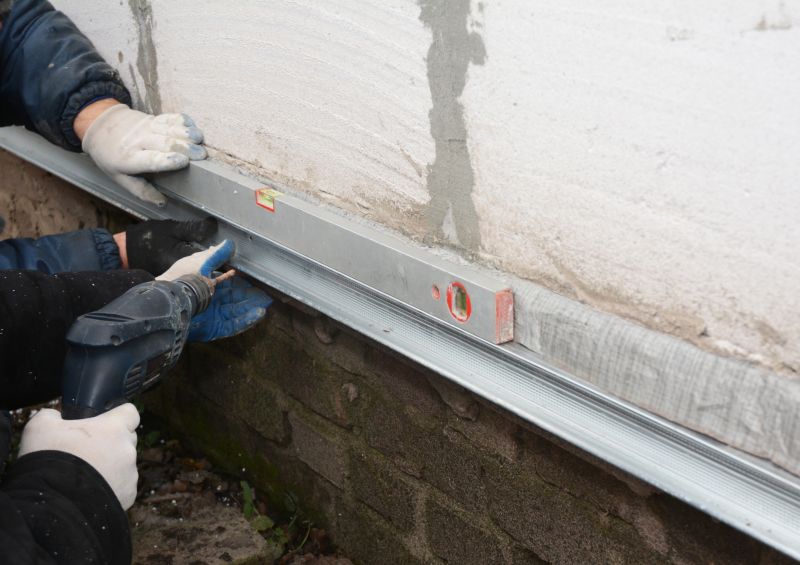
Technicians perform repairs when soil is moist, ensuring stability.
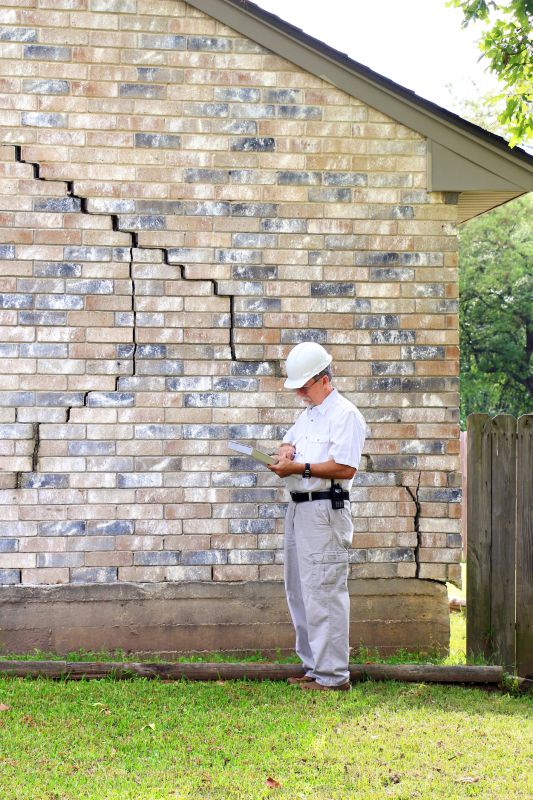
Assessing foundation integrity during dry months helps prevent further issues.
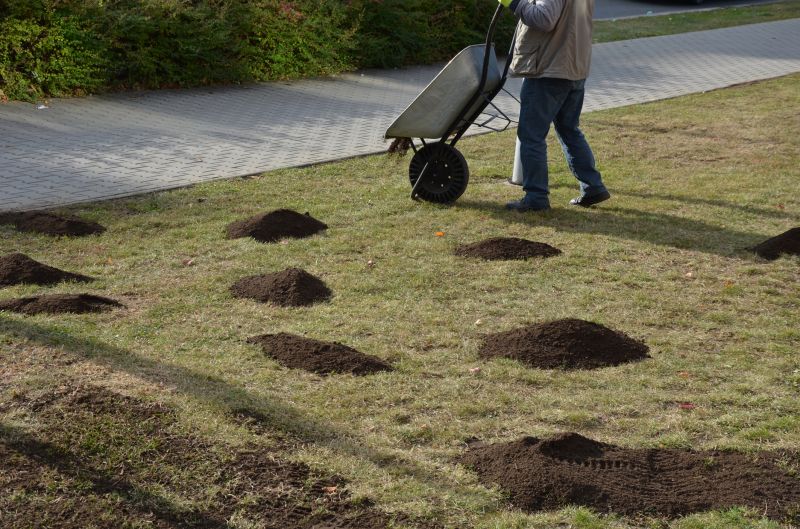
Understanding local soil behavior guides optimal repair scheduling.
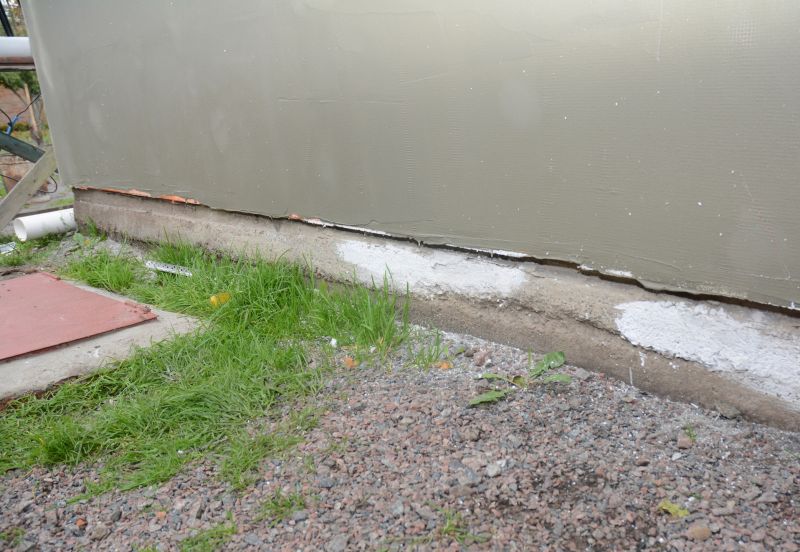
Ways to make Foundation Repairs work in tight or awkward layouts.
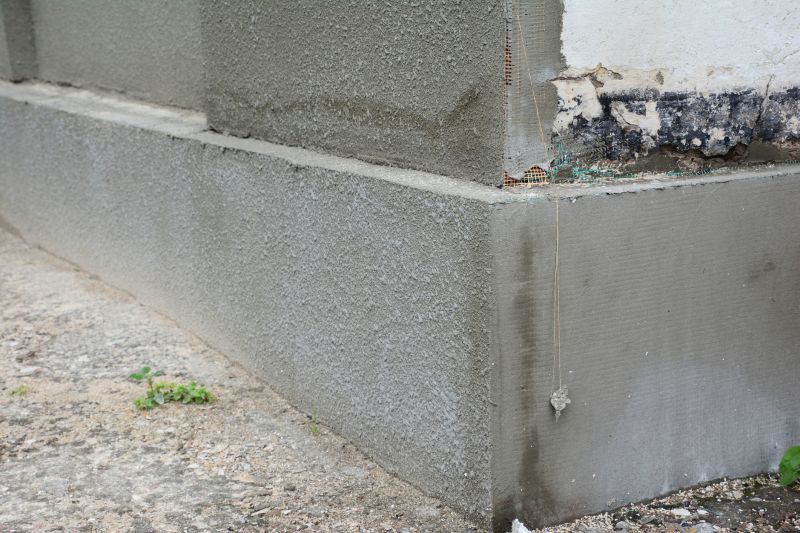
Popular materials for Foundation Repairs and why they hold up over time.
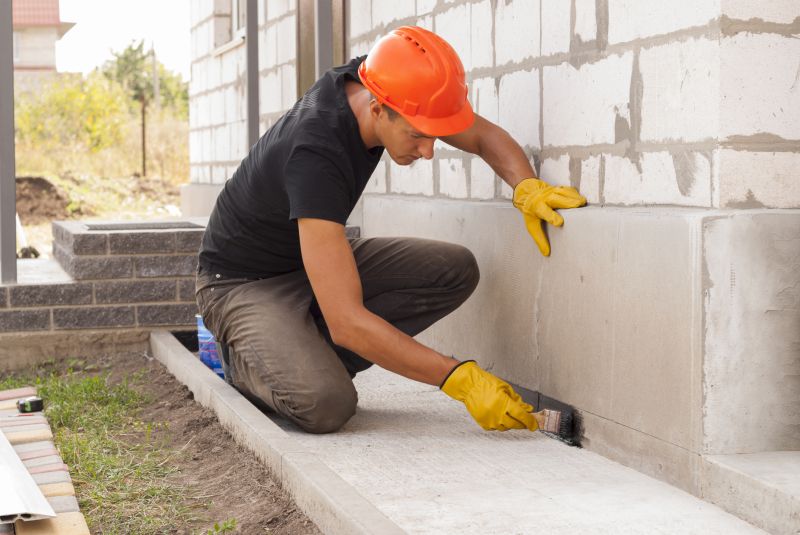
Simple add-ons that improve Foundation Repairs without blowing the budget.
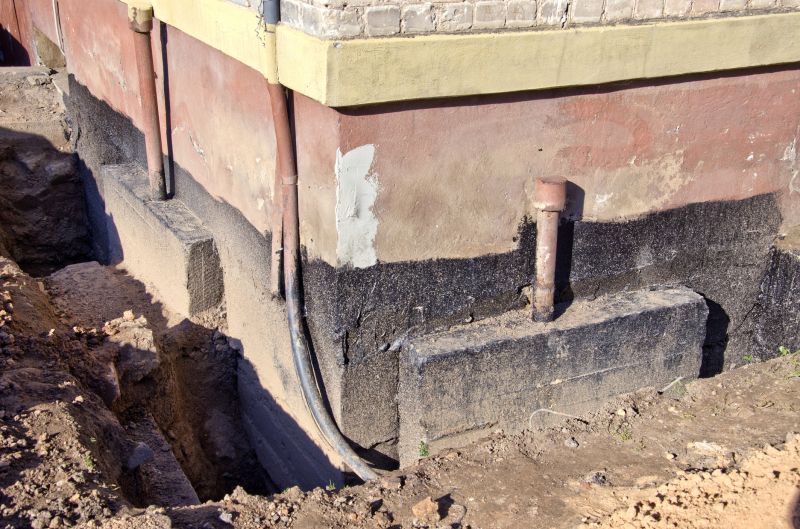
High-end options that actually feel worth it for Foundation Repairs.
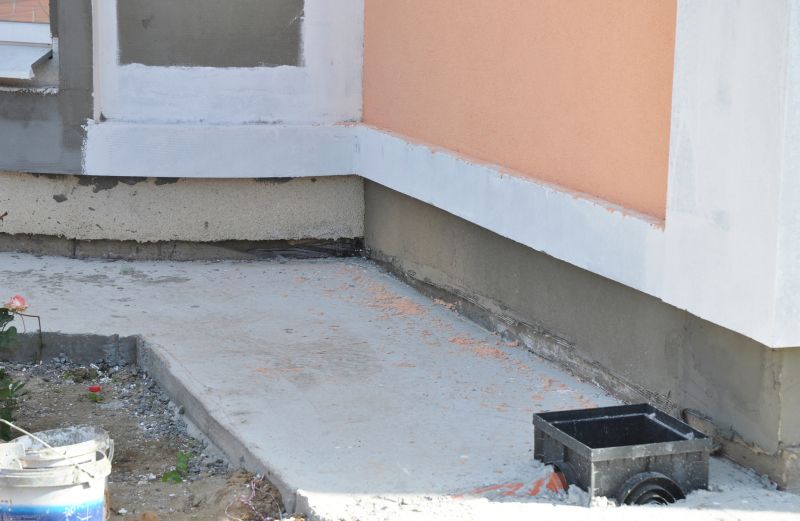
Finishes and colors that play nicely with Foundation Repairs.
| Season | Ideal Conditions |
|---|---|
| Spring | Moderate moisture, thawing soil, optimal for repairs |
| Summer | Dry weather, stable soil conditions |
| Fall | Variable soil moisture, less ideal |
| Winter | Frozen ground, high difficulty for repairs |
Foundation repairs address issues such as settling, cracking, and shifting that can compromise the structural integrity of a building. These repairs often involve underpinning, piering, or stabilization techniques to restore stability. Proper timing ensures that repairs are durable and less susceptible to ongoing soil movement, which is influenced by weather and seasonal changes.
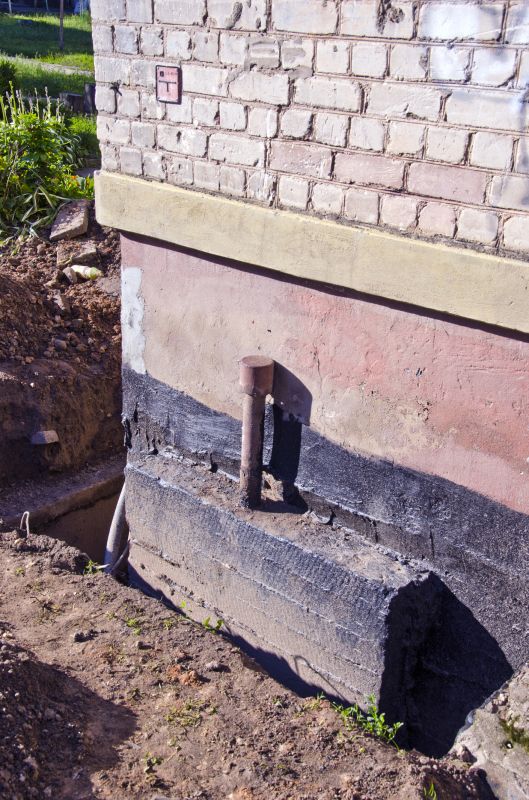
Technicians stabilize the foundation during optimal weather conditions.

Methods such as mudjacking and underpinning are used based on seasonal conditions.
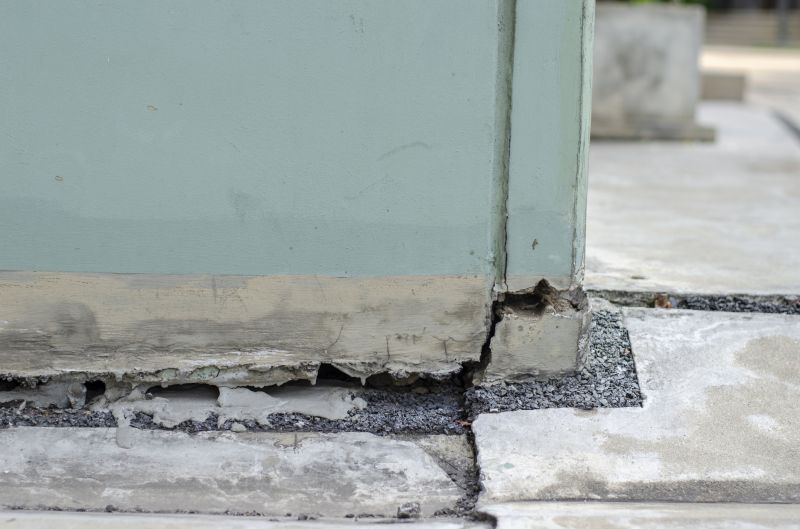
Regular inspections help determine the best repair timing.
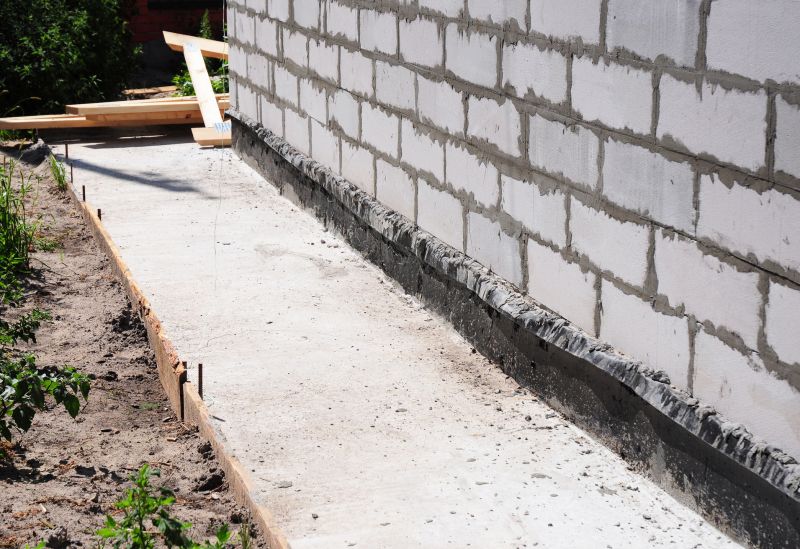
Properly timed repairs contribute to long-term stability.
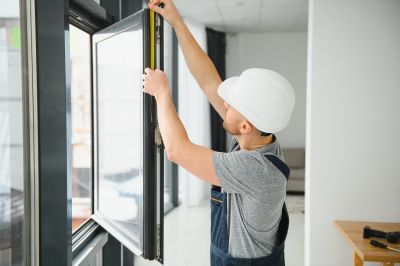
Little measurements that prevent headaches on Foundation Repairs day.

A 60-second routine that keeps Foundation Repairs looking new.
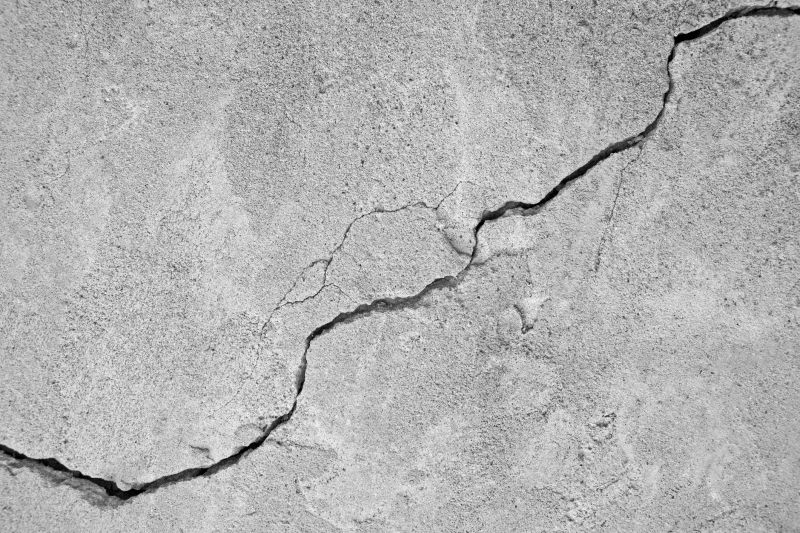
A frequent mistake in Foundation Repairs and how to dodge it.
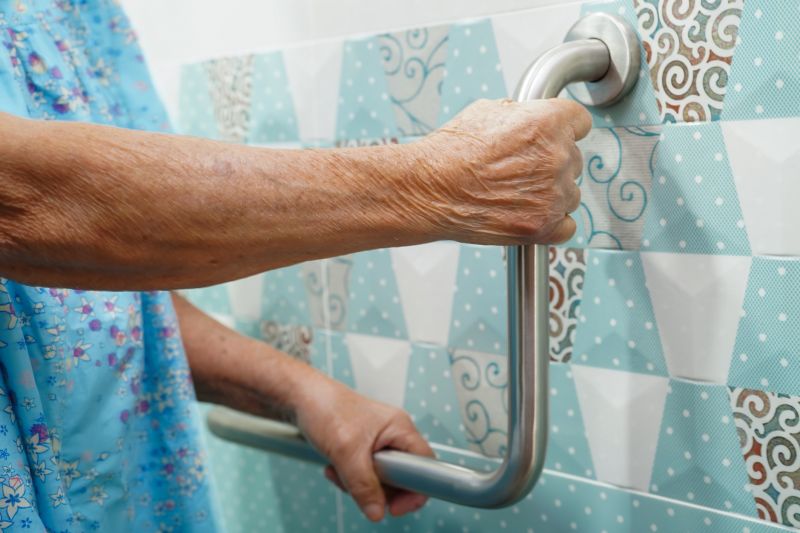
Small tweaks to make Foundation Repairs safer and easier to use.
Scheduling foundation repairs during the appropriate season minimizes the risk of ongoing soil movement and maximizes the effectiveness of repair methods. Proper timing not only extends the lifespan of repairs but also reduces the likelihood of future issues, saving costs over time.
Interested in foundation repair services? Fill out the contact form to get more information and schedule an assessment.

